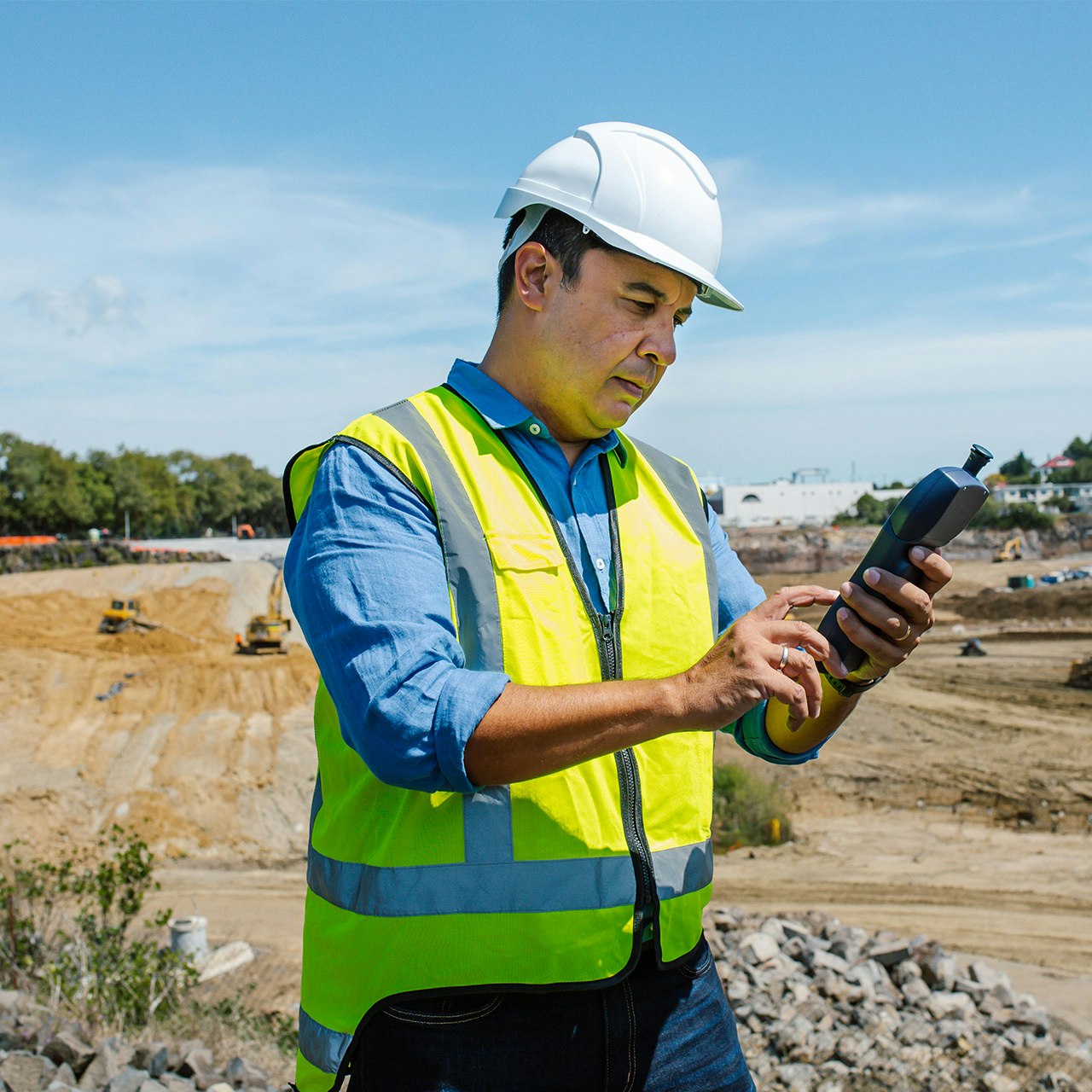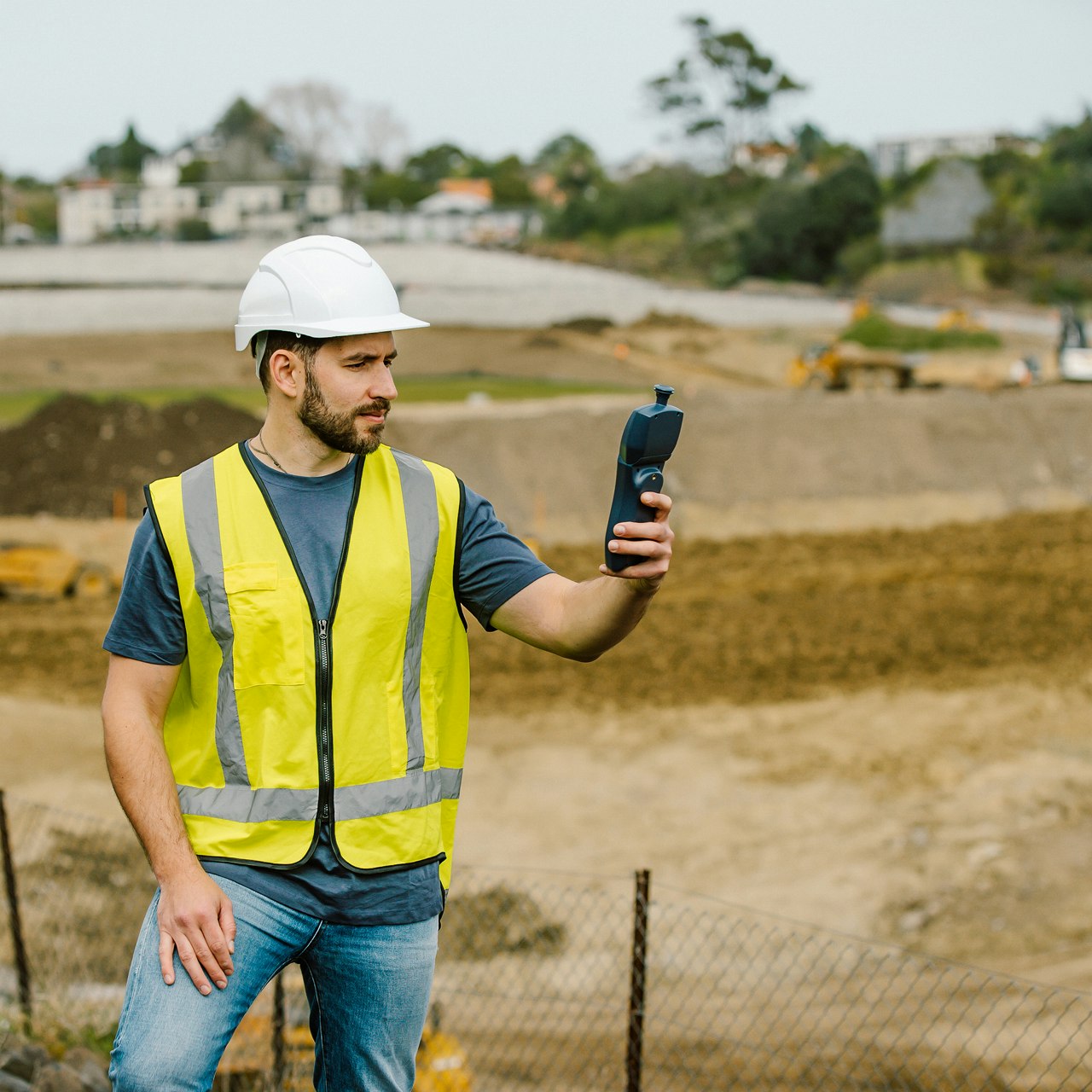Case Study
Real-Time Ozone Sensor Network Helps California District Overcome Regulatory Problems
San Joaquin Valley Air Pollution Control District was required to carry out a study to quantify the temporal and spatial distribution of summertime ozone.
Project Details
Project
San Joaquin Valley Air Pollution Control District
Location
United States
Date
2013
Services
Series 500 Portable Ozone Monitors
Measurements
Ozone
Sector
Community
The customer
Sonoma Technology, Inc (STI) is an advanced air quality consultancy based in California, USA. STI was contracted by the San Joaquin Valley Air Pollution Control District (SJVAPCD) to carry out a study to quantify the temporal and spatial distribution of summertime ozone in and around the city of Arvin in the San Joaquin Valley.
The problem
Sonoma Technology, Inc (STI) is an advanced air quality consultancy based in California, USA. STI was contracted by the San Joaquin Valley Air Pollution Control District (SJVAPCD) to carry out a study to quantify the temporal and spatial distribution of summertime ozone in and around the city of Arvin in the San Joaquin Valley.
The station was moved to a new site by Di Giorgio Elementary School but the ozone levels there were on average 10% lower than at Bear Mountain during a comparison summer. This raised concerns in the community, and the US EPA indicated that the differences may hinder the EPA’s ability to determine whether the region had reached attainment.
“The Aeroqual sensors made this study possible relative to the cost of using traditional monitors.”
Clint MacDonald
STI
The solution
To better understand the spatial and temporal distribution of ozone around Arvin, STI chose Aeroqual’s Series 500 portable ozone monitors equipped with water and dustproof enclosures and fitted with a solar power system and cellular modems for remote operation.
Twenty-three monitors were co-located next to a federal reference method (FEM) monitoring station to check their precision and accuracy before being distributed across an area of about 100 square miles. The monitors collected and transmitted ozone concentrations every minute for six weeks. Afterward, the monitors were co-located with reference monitoring stations to quantify drift. STI analyzed the data and produced a report for the SJVAPCD.
Evaluation
Co-location of the Series 500 monitors established accuracy to within +/- 3 ppb of the federal reference monitors. See example in the figure below.
The study demonstrated that there are strong spatial gradients in ozone over short distances even in rural areas. In addition, the new site at Di Giorgio actually measures higher concentrations than the old Bear Mountain site and therefore is a good replacement site. In addition, it was determined that the new site was representative of concentrations experienced in the city of Arvin and is therefore useful for real-time warnings regarding poor air quality for citizens in Arvin.
The results of this study provide important supporting evidence for the District’s formal attainment request to EPA. In addition, the study provides a strong scientific foundation for future decision-making about managing the air resources of the San Joaquin Valley.
The final report can be found here. Data is courtesy of STI, 2013.
Related products
Want to learn more?
If you’d like to know more about this case study, or to discuss your air monitoring requirements, please get in touch.












